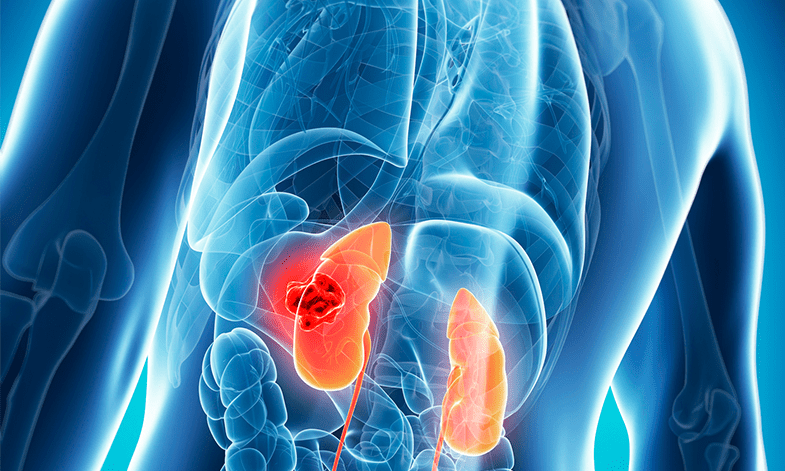In Preclinical Models, Genetic Kidney Disease Is Reversible
Nikki Attkisson | Last Updated : October 16, 2021A hereditary illness called autosomal superior polycystic kidney disorder (ADPKD) leads fluid-filled cysts to form on the kidneys, impairing their functioning. The kidneys acquire inflammatory and fibrosis, or damage, as a result of cyst formation. A mutation under one of two genotypes, PKD1 or PKD2, is the more common source of the condition, which could be handed down from parent to kid within households.
In Preclinical Models, Genetic Kidney Disease Is Reversible
Kidney issues are faced by millions of patients across the globe, and recently one study was conducted by a team of experts where it is found that such issues can be reversed over a period. However, it must be noted here that this model developed by the team is still in the development phase and clinical trials. Still, its results are promising and may be beneficial for a vast number of patients worldwide.

They started by developing a mouse paradigm that permitted suppression of PKD2 accompanied by restoration at a later stage. “Essentially, the mouse developed polycystic kidney disease, and then we did “gene” therapy, turning on the same gene, a copy, that had been turned off to cause the disease,”
Stefan Somlo, MD, C. N. H. Long Professor of Medicine (Nephrology) and Professor of Genetics; chief, Section of Nephrology, with his fellow researchers published research in Nature Genetics revealing that ADPKD damages could be repaired, indicating the kidney’s unexpected adaptability.
They began using PKD2 & discovered that kidney volume shrank, cysts disappeared, and the tubules reverted to their original shape. Collateral harm, including such inflammatory & fibrosis, was also significantly reduced. Scientists used repeated MRIs on every mouse to track the shrinkage of the kidneys. They replicated the test focused on PKD1 and verified their results depending on what researchers observed for PKD2.
“One surprising finding is that this process of the kidney getting cystic and growing and then getting smaller again is possible. That’s kind of unexpected and interesting, and it begs the question of what the polycystins normally do because they must be regulating some feature of tubules getting bigger and smaller to accommodate maybe different physiologic conditions in normal states,” said Somlo.
Re-expression of polycystins corrected changes in cell morphology & proliferation, as well as inflammatory induced fibrosis, according to the scientists. Even as the kidney recovered to a less resting condition, they discovered that apoptosis, a potential restorative mechanism was active.
The scheduling of the treatment also was shown to be crucial, according to the scientists. Although kidney size and irritation were decreased in late phase ADPKD, renal damage is no more completely fixable, as shown in the research. The researchers are looking into which biological mechanisms are engaged and also how they function during illness recovery. They’ll then figure out how to properly address those routes for potential ADPKD therapies.
Somlo started researching ADPKD as a resident at Yale School of Medicine (YSM) in 1990. He is intrigued by the use of a new technique, genetic biology, to kidney illness at the time. He began focusing on the basic genetic components of illness-specific genes for ADPKD and expanded his study of the illness once he created his laboratory.
Somlo is driven to learn more about kidney function and ADPKD. “There is a whole aspect of kidney function that we don’t know. Even after more than two decades of research, we still need to figure out what these PKD gene proteins, polycystins, do. And I think that this study tells us that this disease is treatable, and we should try to figure it out. I think the mouse models are a very powerful tool toward that end,” said Somlo.
With over 15 years as a practicing journalist, Nikki Attkisson found herself at Powdersville Post now after working at several other publications. She is an award-winning journalist with an entrepreneurial spirit and worked as a journalist covering technology, innovation, environmental issues, politics, health etc. Nikki Attkisson has also worked on product development, content strategy, and editorial management for numerous media companies. She began her career at local news stations and worked as a reporter in national newspapers.
